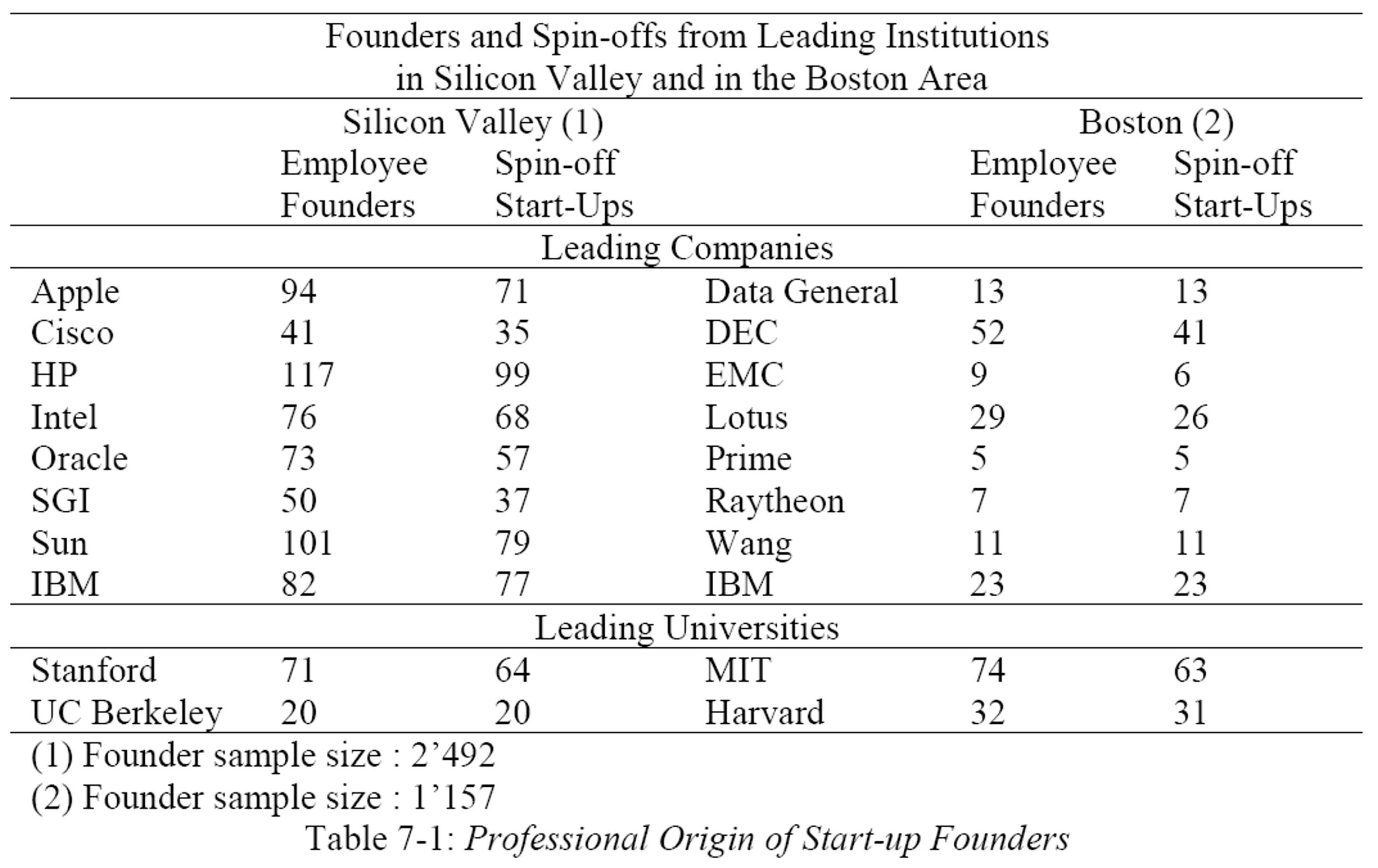I should go back to Silicon Valley to ask AnnaLee Saxenian what she thinks of Silicon Valley today and, more importantly, if her analysis is still valid today (which I think it is !)
I fall by accident on a short 6-page article that she wrote in 1999 entitled Comment on Kenney and von Burg,‘Technology, Entrepreneurship and Path Dependence: Industrial Clustering in Silicon Valley and Route 128’ that you can easily find on the net, for example on Researchgate.
Why do I care about a 25-year old article about innovation ? Because I often have the feeling Europe and France in particular miss the point about what matters. Saxenian’s argument can be summarized with an extract from that article: It is precisely the openness, multiplicity and diversity of interconnections in Silicon Valley that allows economic actors to continually scan the environment for new opportunities and to invest in novel technologies, markets and applications with unprecedented speed. The autarkic structure of firms and institutions in Route 128, by contrast, have historically discouraged precisely the decentralized flows of information, skill and capital that encourage such technological experimentation. [Page 5]
The analysis is subtle because one might get the impression that Europe has understood the role of collaboration, but I fear that it has remained institutional and not informal. Has there ever been a Wagon Wheel Bar in Europe?
Again the article is short and worth reading. The debate is also about the role of big firms in technology clusters. The figure which follows is a perfect illustration:

Source: J. Zhang (2003) compiled data from VentureOne based on VC-backed spin-offs from 1992 to 2001
Zhang had worked with Saxenian and the table shows that from an academic standpoint, entrepreneurship was as strong at MIT/Harvard as Stanford/Berkeley. But if we just look at IBM West vs. IBM East, the difference is striking. “Individuals in Silicon Valley regularly leave jobs at established firms to join start-ups, and vice versa, all the while maintaining networks of cross-cutting personal and professional relationships. Nor is it uncommon for individual engineers working at large firms to make angel investments in promising start-ups — or for established firms to organize venture divisions to support new ventures in related industries.” [Page 4]
I have been using it since I discovered it years ago, particularly when I was giving classes about startup and Silicon Valley. With a little nostalgia, I put my introductory pdf below where I emphasized on the role of culture in entrepreneurship.
eLab01 - SiliconValley